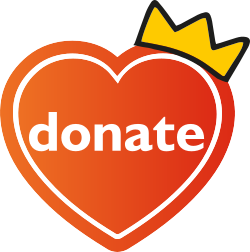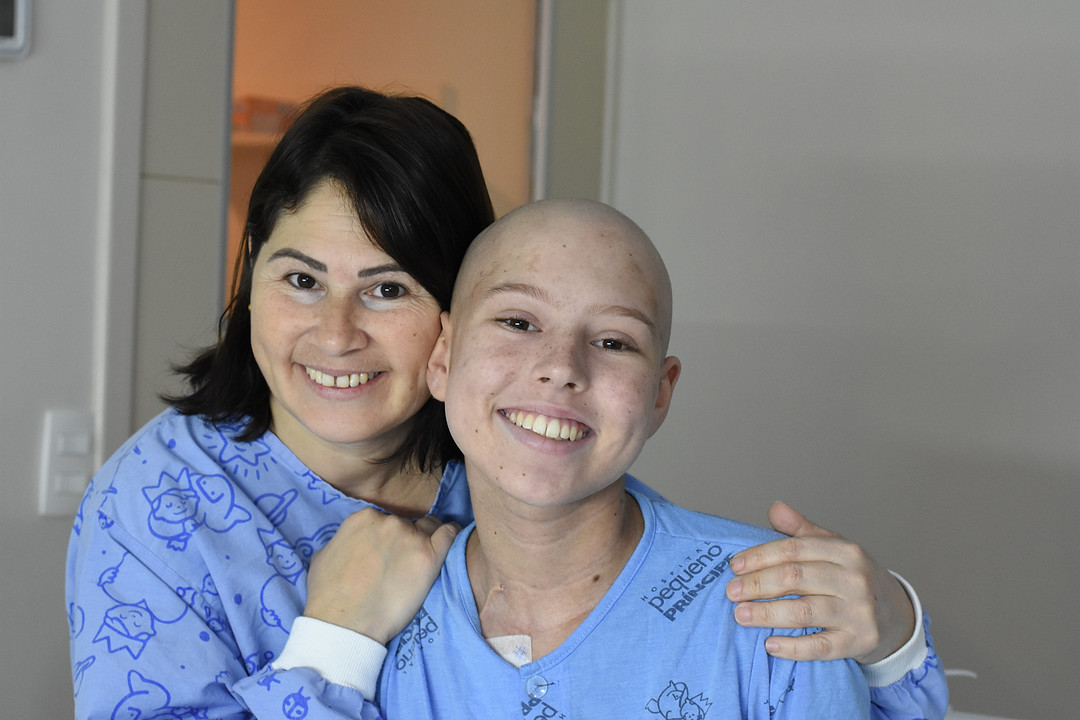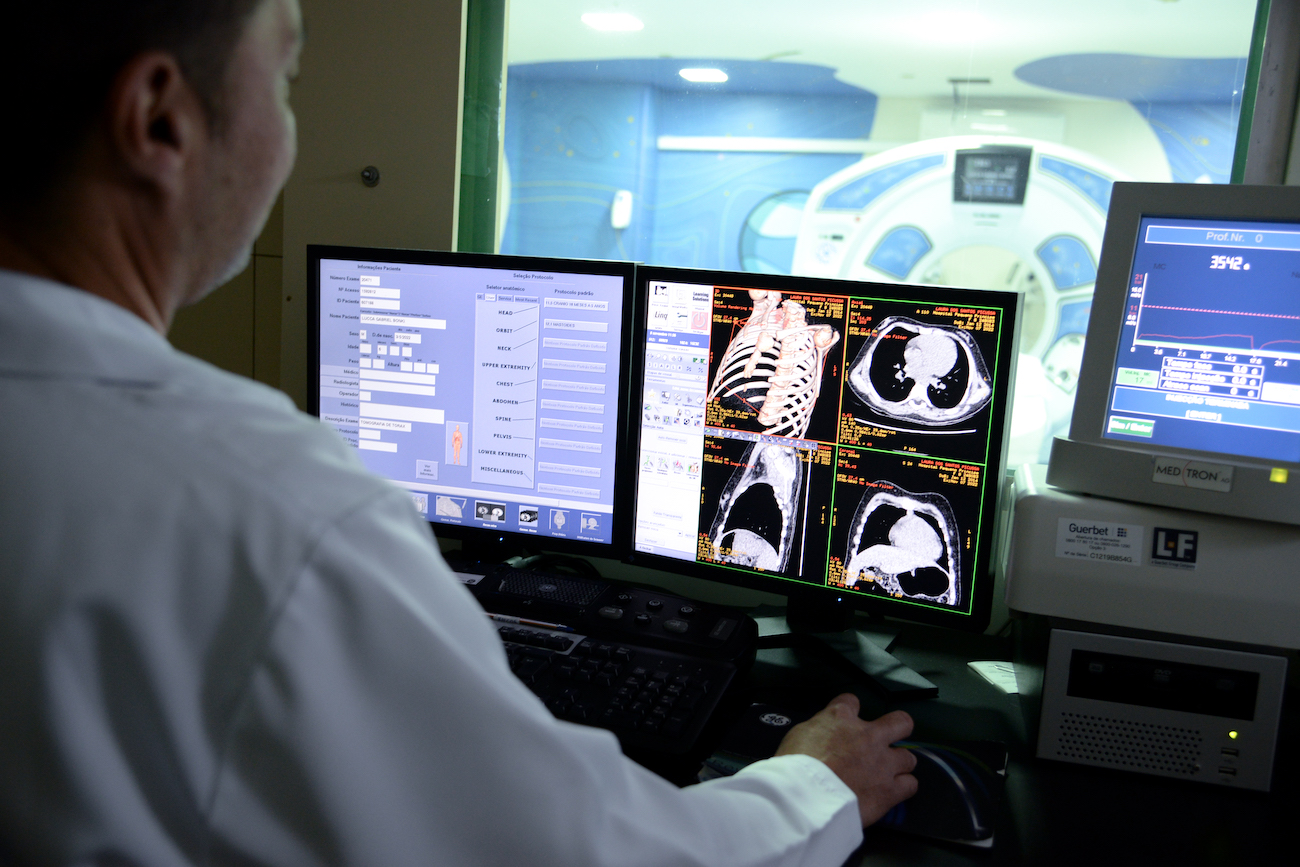Engagement in generous actions increases worldwide
GivingTuesday and “Dia de Doar” are opportunities to effectively contribute to causes that transform the planet
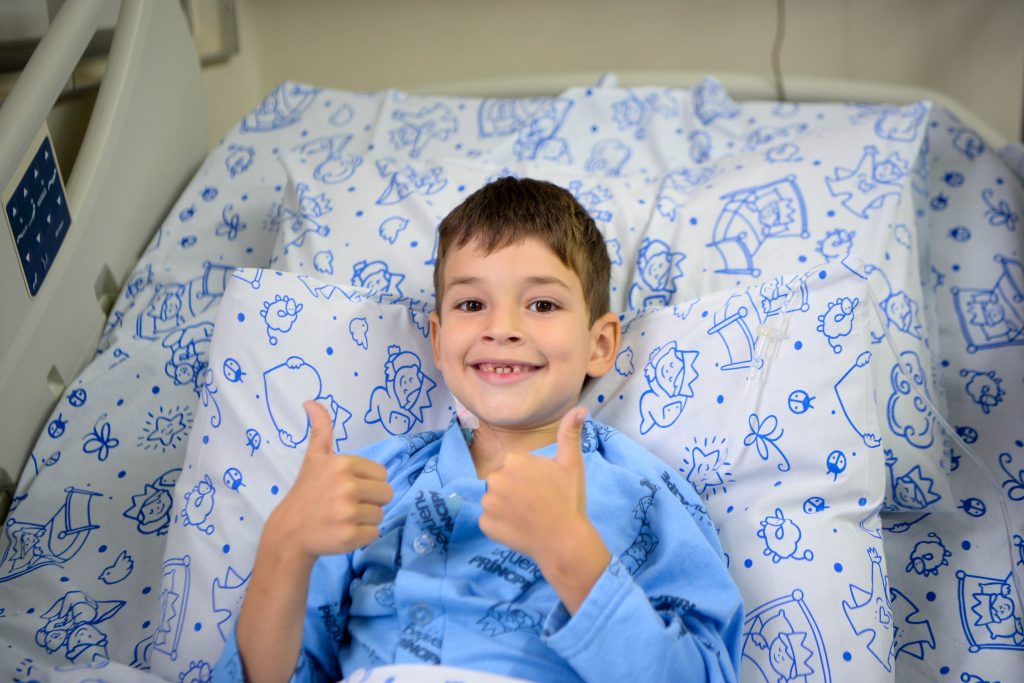
With the coronavirus pandemic, which spread across the world from 2020 onwards, social inequalities became even more evident, mobilizing people for solidarity actions. The World Giving Index 2022 survey, carried out by the British organization Charities Aid Foundation (CAF), represented in Brazil by the Institute for Development of Social Investment (IDIS), shows that more people donated money to social organizations and helped strangers last year than in any year of the preceding decade.
For the fifth consecutive year, the most generous country was Indonesia, followed by Kenya. The United States ranked third, followed by Australia, New Zealand and Canada.
According to Giving USA, Americans donated a total of US$ 484.85 billion in 2021, and 67% of that amount was donated by individuals. Only 4% of the total donated came from companies. Resources were directed to various causes, religion being the first of them. Next, Americans donated to education, human services, and public and social services. Health appears in fifth place in the ranking of donations, receiving 8%, which is equivalent to approximately US$ 40.58 billion.
Brazil
The World Giving Index 2022 includes data from 119 countries, representing more than 90% of the global adult population. People around the world are asked: Did you help a stranger, donate money to a charitable organization, or did some kind of volunteer work in the last month?
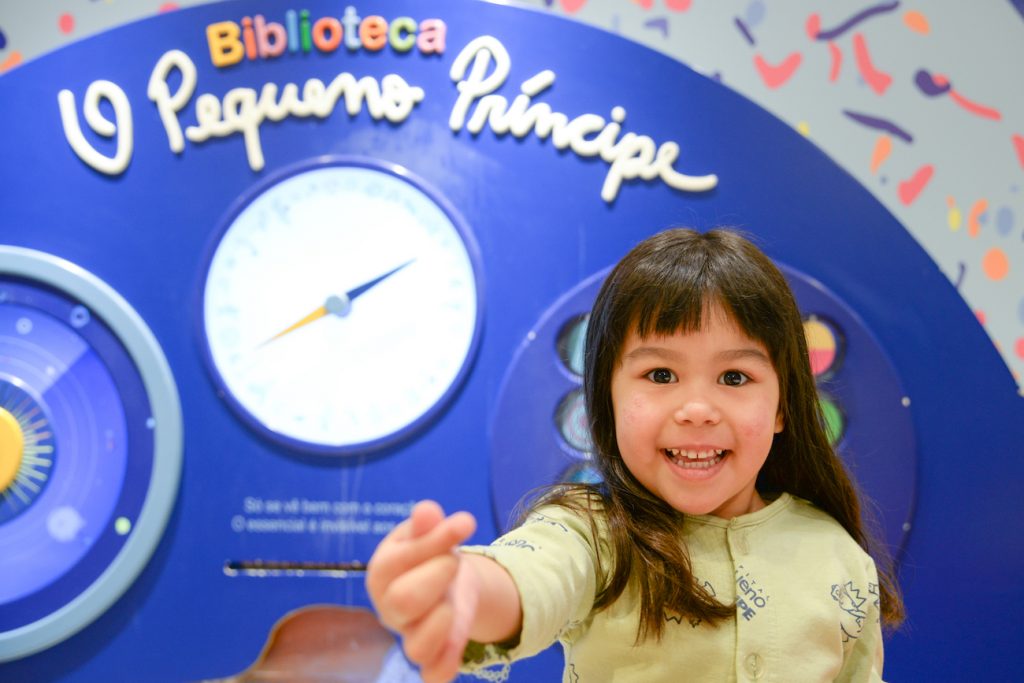
Brazil was in 18th place in the global ranking, and growth occurred in all evaluated categories, being even more expressive in “helping a stranger”, in which the country went from 36th to 11th place in just 12 months.
Dia de Doar
The November calendar reserves a special date to celebrate generosity: GivingTuesday – the first Tuesday after Thanksgiving –, a global movement that encourages solidarity. Created in 2012 with the simple idea of being a day for people to do good, the movement has spread across the world, inspiring thousands of people to donate, collaborate and celebrate generosity. In Brazil, it arrived in 2014 and is known as Dia de Doar. This year, it will be celebrated on the 29th of November.
For Pequeno Príncipe Hospital, a philanthropic institution that allocates 60% of its capacity to care for patients of the Brazilian Public Health System (SUS, abbreviation in Portuguese), society’s engagement with the cause of child and youth health through donations is decisive to make important advances in care provided.
“With resources we receive from society, we buy new equipment, train teams, renovate physical areas, innovate and improve our indicators. The resources we receive are transformed into real health and life opportunities for children and adolescents throughout Brazil,” assures the executive director of Pequeno Príncipe, Ety Cristina Forte Carneiro.
Pequeno Príncipe is the only Brazilian hospital that offers children and adolescents in the country care through the SUS in 35 medical specialties. “This makes Pequeno Príncipe very special, as it allows multiprofessional care, expanding the possibilities of diagnosis and treatment. We add to this broad assistance structure scientific research, which seeks advances for the existing challenges in children and youth health,” she states.
How to donate to Pequeno Príncipe
There are many ways to support Pequeno Príncipe in Brazil and abroad. If you are in Brazil, you can make your donation by clicking here. For those outside the country, just access this link.
More
Research wants to identify how to avoid relapses in the treatment of leukemias with BMT
The incidence of relapse after transplantation ranges from 13% to 47%, depending on the patient, disease and characteristics of the transplant. In Pequeno Príncipe, about 21% of patients had relapses
Pediatric care by the Brazilian Public Health System: why is funding so challenging?
The table fee that regulates payments to hospitals was formulated in the 1980s; in addition to not have the necessary inflationary corrections applied, it is based on medicine that has been practiced for four decades

